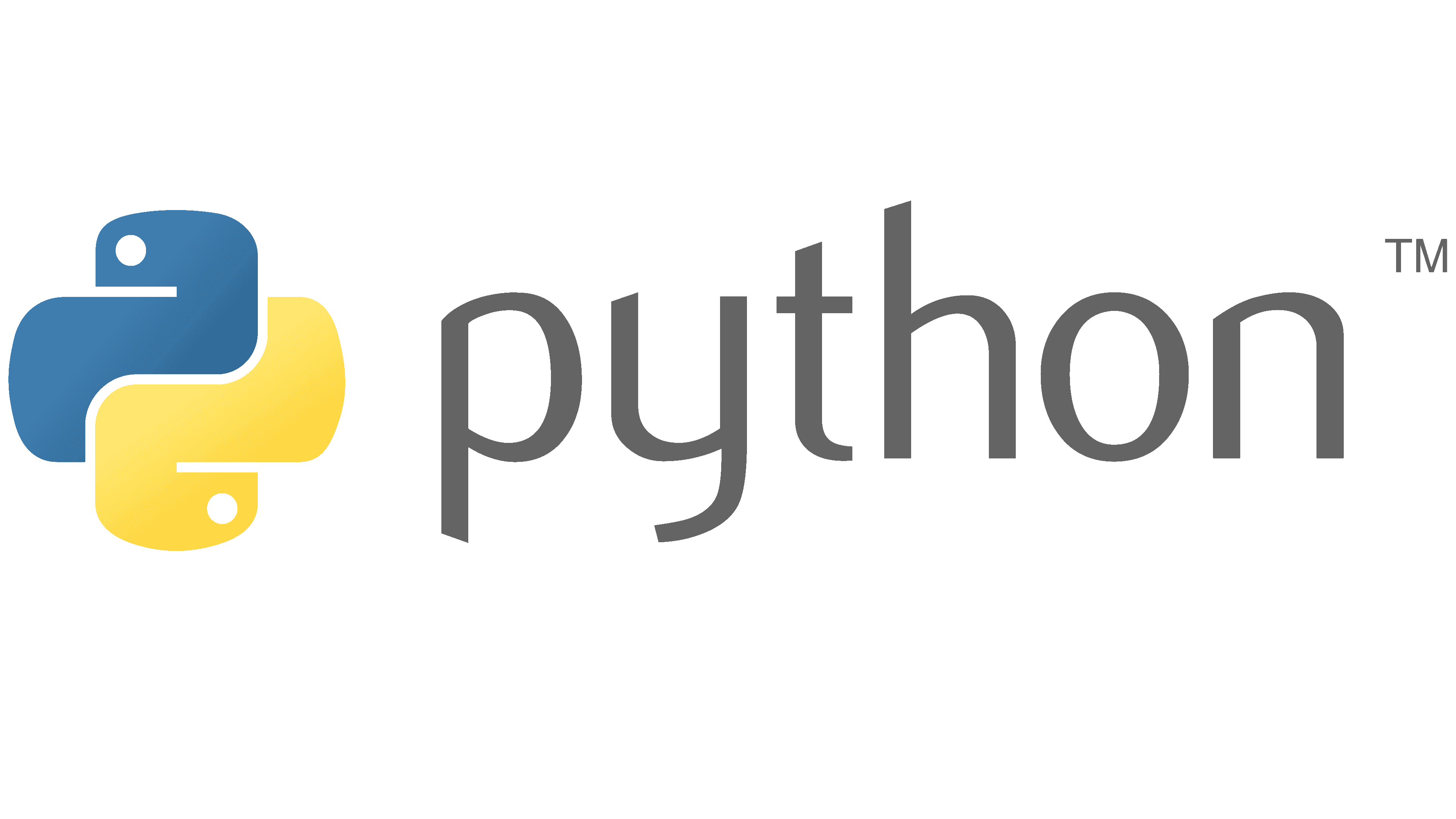IT producers define Python as “an interpreted, object-oriented, high-level programming language with dynamic semantics.”
“Its high-level built-in data structures, together with dynamic typing and dynamic binding, make it particularly appealing to be used as a glue or scripting language to link existing components.”
Now it’s essential you have a brief understanding of how the Python programming language all began.
Brief History of Python Programming Language
Guido van Rossum developed Python as a replacement for the SETL-inspired ABC programming language at Centrum Wiskunde & Informatica (CWI) in the Netherlands in the late 1980s.
It can handle exceptions and communicate with the Amoeba operating system. It was put into effect in December 1989.
Van Rossum bore sole responsibility as the lead developer until July 12, 2018.
This was when he announced his “permanent vacation” from his duties as Python’s “benevolent dictator for life,” a title the Python community bestowed to reflect his long-term commitment as the project’s chief decision-maker.
Active Python core developers chose a five-person Steering Council to oversee the project in January 2019.
Phases of Python levels
Several significant new features, including list comprehensions, cycle-detecting garbage collection, reference counting, and support for Unicode, were included in Python 2.0 on October 16, 2000.
Many of the significant features of Python 3.0, released on December 3, 2008, have been backported to Python 2.6.x and 2.7.x.
The 2to3 program, which automates the conversion of Python 2 code to Python 3, is a part of the Python 3 releases. The end-of-life for Python 2.7 was initially planned for 2015.
Still, it was delayed to 2020 due to worries that a sizable amount of existing code would be difficult to forward-port to Python 3. There won’t be any other security updates or other upgrades for it.
Only versions 3.7 and later are supported for now. All versions of Python, including version 2.7, had security flaws that might have resulted in remote code execution and web cache poisoning in 2021.
So Python 3.9.2 and 3.8.8 were hastened. Due to many security problems, Python 3.10.4, 3.9.12, 3.8.13, and 3.7.13 were expedited in 2022.
It was reported that Python 3.9 series (following the previous series 3.8 and 3.7) would only receive security fixes in the future until Python 3.9.13 was published in May 2022.
In response to a potential denial-of-service attack, four additional releases—3.10.7, 3.9.14, 3.8.14, and 3.7.14—were made on September 7, 2022.
The stable version of Python is 3.11 as of November 2022. Significant upgrades from 3.10 include faster program execution and enhanced error reporting.
Considering so many levels of Python available now, here’s why you should learn Python this 2023.
Read Also: The Dos and Don’ts of Email Marketing in 2023
Here are Some benefits of learning Python for data science in 2023
1. Versatility and Widespread Adoption
Python’s versatility makes it suitable for various data science tasks, such as data manipulation, analysis, visualization, and machine learning.
In addition, it provides a wide range of libraries and frameworks designed specifically for data science, such as NumPy, Pandas, matplotlib, and Scikit-Learn.
Moreover, Python has gained extensive adoption in the data science community, with a vibrant ecosystem of packages and active support from the district.
2. Ease of Learning
Python is regarded for its readability and simplicity, making it an ideal choice for beginners in data science.
The syntax is straightforward and intuitive, resembling natural language, which reduces the learning curve compared to other programming languages.
In addition, the clear and concise syntax enables data scientists to write efficient and readable code, facilitating collaboration and maintainability.
3. Broad Range of Libraries and Packages
Python’s strength lies in its extensive collection of open-source libraries and packages, which significantly simplify and accelerate data science workflows.
For example, NumPy provides powerful numerical computing capabilities, Pandas offers high-performance data manipulation and analysis, and Matplotlib facilitates data visualization.
In addition, libraries like Scikit-lLearn, TensorFlow, and PyTorch enable machine learning and deep learning tasks. The availability of these libraries reduces the need for low-level coding.
Instead, it allows data scientists to focus on the core analytical tasks.
Read Also: How AI is revolutionizing the way we teach and learn
4. Strong community support
Python has a vibrant and supportive community of data scientists, developers, and enthusiasts.
The society actively contributes to developing new libraries, packages, and tools, ensuring that Python remains at the forefront of data science advancements.
In addition, the availability of extensive online resources, tutorials, forums, and open-source projects allows data scientists to seek assistance, share knowledge, and collaborate on projects effectively.
5. Integration and Interoperability
Python’s flexibility extends beyond data science, as it seamlessly integrates with other programming languages and technologies.
It can interact with databases, web APIs, cloud services, and big data frameworks, enabling data scientists to work with diverse data sources and systems.
Python also offers interoperability with languages like R and Julia, allowing users to leverage the strengths of multiple languages within a single data science workflow.
6. Data Visualization Capabilities
Python provides a variety of robust data visualization libraries, such as Matplotlib, Seaborn, and Plotly.
These libraries enable data scientists to create high-quality visualizations, including bar plots, line plots, scatter plots, heatmaps, and interactive dashboards.
Effective data visualization is crucial for understanding patterns, trends, and insights in data. Python’s visualization libraries empower data scientists to communicate their findings effectively.
7. Job Opportunities and Market Demand
The demand for data scientists with Python skills has been consistently high and will continue to grow in 2023. Python has become a standard tool in many industries, including technology, finance, healthcare, retail, etc.
Its versatility, ease of use, and extensive libraries make Python a sought-after skill for organizations looking to leverage data for strategic decision-making.
Learning Python for data science can increase marketability and lead to numerous job opportunities.
Conclusion
Python is an all-purpose programming language used to create online and desktop applications.
It may also be used to create complicated numerical and scientific applications. With this adaptability, it’s no wonder that Python is one of the world’s fastest-growing programming languages.
Python has been widely recognized among the most popular programming languages for data science, and its prominence in the field continues to grow in 2023.
Learning Python for data science offers numerous benefits, making it an essential skill for aspiring and experienced data scientists.
Its versatility, ease of learning, extensive libraries, strong community support, integration capabilities, data visualization tools, and market demand make Python an indispensable language for data scientists.
By mastering Python, data scientists can efficiently tackle data-related challenges, extract valuable insights, and contribute to solving complex real-world problems.

